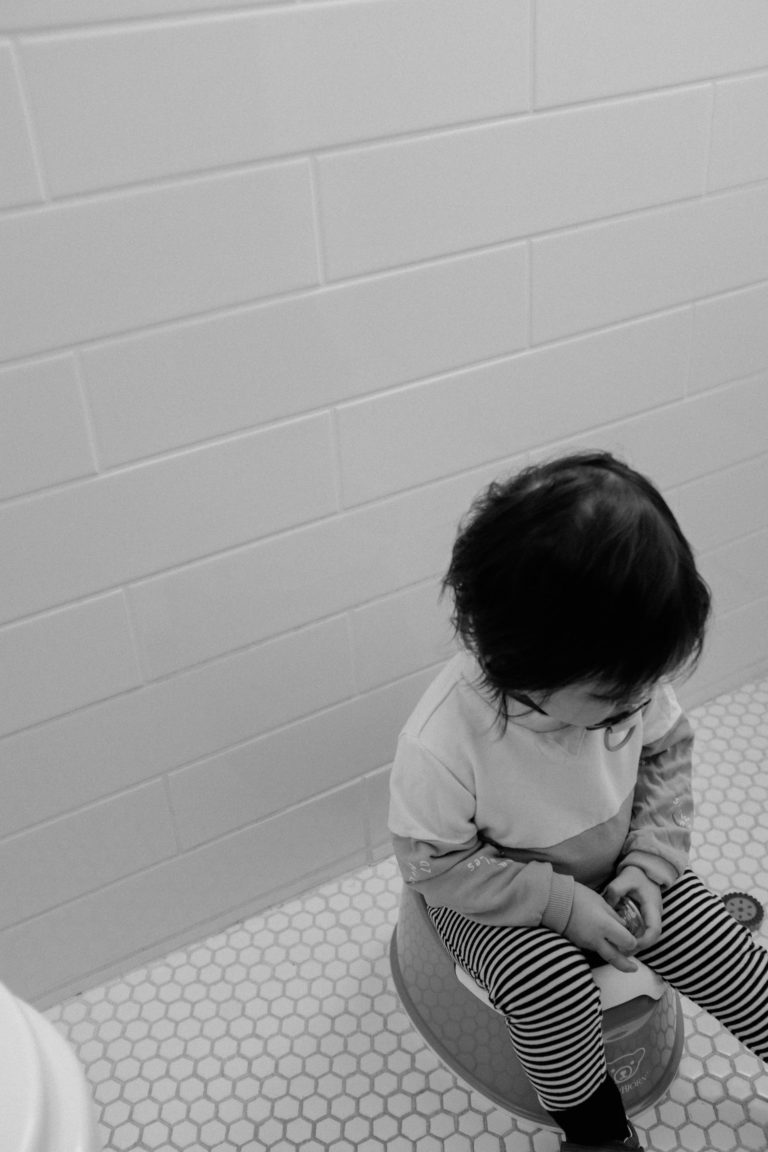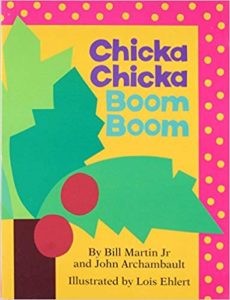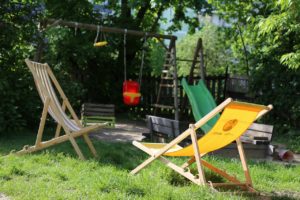Updated March, 2022
Many parents can’t wait to get their little one out of diapers and using the potty. In truth, I am one of those parents, even though a lack of diapers means we have to make a lot more emergency bathroom breaks when we are out of the house. There are so many potty training methods though, how do you know what is right for you? Maybe you need a potty training schedule for a 2 year old. Or maybe you just need some guidance. That is why I’ve written this.
How do you know when the right time to start potty training is? A lot of children aren’t potty trained until they are 3. I know in my family, my siblings and I were all potty trained by 2, my nephew was potty trained by a year and a half, and my niece started potty training at a year and a half. I started potty training Monster and Sprinkle when they each turned 1 and they were both pretty quick and easy. The slowest part of potty training, in my opinion, is if your child goes to day care. Many day cares won’t or don’t potty train that young, although it is very much a U.S. culture to wait until your child is three. My focus here is on readiness though, not age.

Are They Ready?
Starting potty training before a child is ready will often result in them being more difficult to potty train in the long run. You have to wait for your child to show interest and some awareness. Are they curious as to what you are doing in the bathroom? Is toilet paper fun to play with? Things like that.
They also have to have at least some bladder control and awareness. The best way to determine this is to let them run around without a diaper for a bit. Do they show awareness when they pee or are they oblivious? I remember Monster sitting on my lap naked and they looked at me, looked down at themselves, looked at me again, grinned, and then peed all over me. It demonstrated that they were aware that they were going to the bathroom.
Finally, if your child is terrified of the toilet, don’t force it! I promise, it is better to potty train without tears. Both for you and for the child. Potty training should be an exciting adventure. If a toilet is terrifying, your child is not ready.
How To?
So your child has demonstrated that they are ready to potty train, now what?
Believe it or not, I’m actually not huge into the rewards system. I believe if your child is truly ready to use the potty, they will not need to be bribed with candy or stickers. I’m actually really against rewards in general, so this likely won’t come as a surprise to many of you. You can be excited with your child, but let’s not reward our children’s behavior with sugar.
I got my children a little potty to start. If you’ve ever seen Rainbow Sprinkle, you will understand there was no way that child was going to get up onto an adult toilet on their own, even with a little seat insert. You want the potty to be something your child can use without you. If your child has shown some apprehension about the toilet but you think they just need to feel more in control, take them shopping to pick out their potty seat with you!
Start by just offering your child a lot of opportunities to sit on the potty. I would set Monster on the potty every time I had to change their britches and every time I went to the bathroom. If they were sitting on the potty while I was, I would have them listen to the sound of going to the bathroom. Through this method alone, they started going on the potty semi-regularly. Based on the frequency, it was probably just coincidence honestly. What you are really doing in this stage is building an association for them.
If you know about when your child uses the bathroom every day, you can also plan accordingly. For example, Monster would fill their britches every morning about 10 minutes after waking up. So I was able to plan and know that I should put them on the potty for success.
Not a big fan of rewards, I definitely was excited when my children went potty. I would clap and point out what they were doing (I avoid saying good job still). I also let them either flush the toilet themselves or watch the toilet being flushed. Then we would wrap up with hugs and cuddles (after washing hands of course).
Having an exceptionally small child has also helped be get creative with my options. Sprinkle has a LOT of stools so they don’t have to keep pushing them back and forth. In the bathroom they have 2 (they are 3 now, but still about the size of an 18 month old), one to help them get on the big toilet now and one so they can get to the sink to wash hands. Think about the specific needs of your child and try to support them so that doing every day things like going potty doesn’t have to be a 20 minute ordeal for them.

The Next Phase
Once your child starts to get more comfortable in the bathroom, you will want to start looking for their signs that they need to go. It is especially important to pay attention to body language if your child is nonverbal. Monster’s first sign was pulling on their britches that they needed to be changed. This meant that they were telling me they knew they had gone, even if they didn’t go on the potty. Next they started crawling to the bathroom every time they either needed a change and sometimes before they had even gone.
Finding a word or regular signal will be helpful so that you can appropriately hear what your child is trying to tell you. Even if it is just pointing at the potty, this is a great step.
I would definitely say it is up to you when to transition your child from the potty training potty to the big potty. Part of why I really liked the little potty we got was that it was so easy to switch back and forth between just for Monster and on the regular toilet.
Once your child is able to communicate the need to go and is successful most of the time, you can transition them into underwear. I know Monster loved using their cousin’s underwear, so when it was their turn to pick their own, it was really exciting for them.
The hardest part of potty training is communicating when they are not at home, so be sure to make lots of extra stops when out for the day.
The 3 Day Method
I will take a moment to highlight the 3 Day Method. This is the method I would have gone with if Monster had been able to potty train at one while still in the infant room. I ended up drawing out potty training by a lot because they weren’t moved up to the toddler room until the end of September (16 months). Again, always keep your circumstances in mind and plan accordingly.
The 3 day method is a full immersion, cold turkey method. You commit to staying home for three days, maybe put down some towels or newspaper, and get your kiddo naked. The idea is that your child will be more aware of when they are going potty if their diaper isn’t instantly absorbing it. I believe this is also why children in cloth diapers tend to potty train faster.
So you let your kiddo be naked and you keep a close eye on them. This includes over night as well. Then you set them on the potty every time they have an accident, and the theory is that soon they will start going to the potty when they need to.
Not every child will take 3 days and some children will need more than 3 days. So many people I know swear by this method though, and I really think it works.
Help!
Need support with getting your child on the right track for potty training? You can read about my Early Childhood Consulting approaches here or go straight to my support page to view packages and book a free consultation now.










